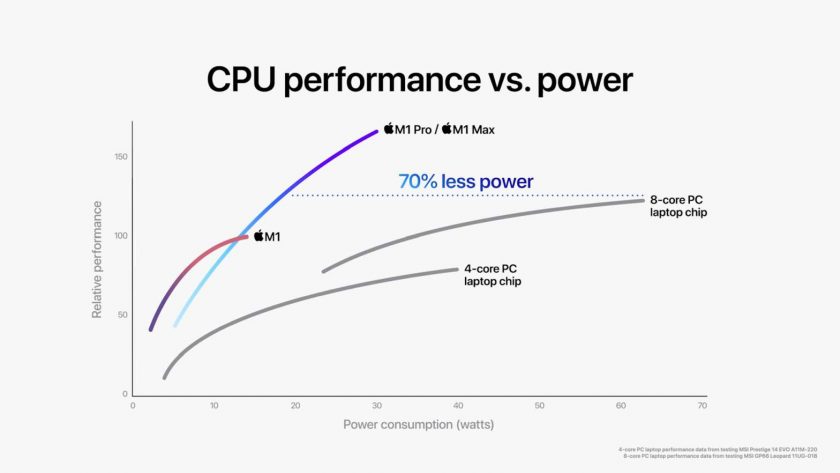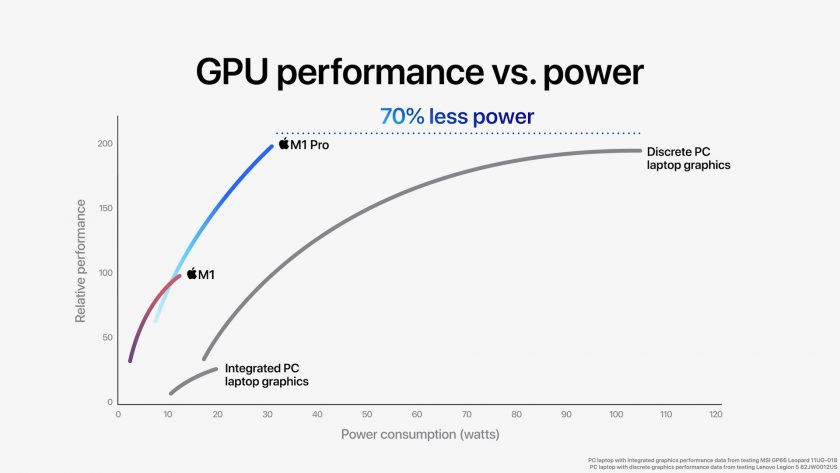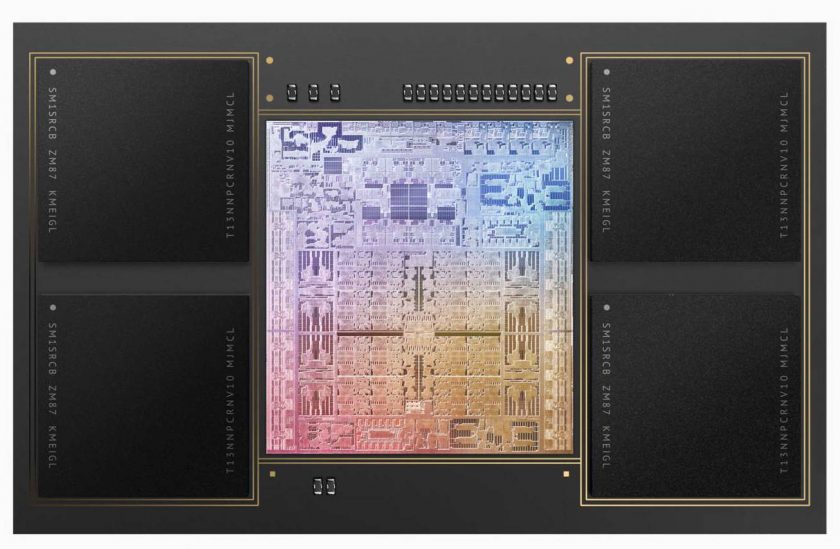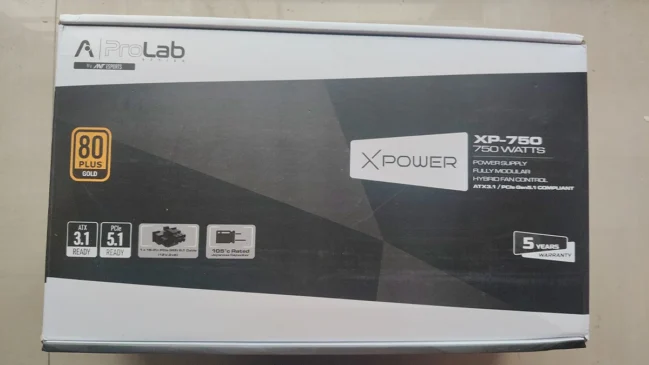
Apple just announced two new ARM-based Systems-On-a-Chip (SOCs), the M1 Pro and M1 Max. Compared to the M1 introduced last year, these will reportedly have 70% more performance.
The M1 SoC was hugely successful for Apple, showcasing a fantastic power efficiency in the portable market. The M1 however, is a small SoC and thus lost out to X86 processors when it came to sheer raw power.
Apple changes the situation today with these two chips with more of everything. We have more CPU cores, a massive increase in GPU cores, and of course an increase in the power budget.
The M1 Pro: 10-core CPU, 16-core GPU, 33.7bn Transistors in 245mm²
The first of the two is the M1 Pro. Apple has decided to package the SoC die along with the memory which in turn should result in greater power efficiency than the competition. The memory bus has been upgraded from a 128-bit LPDDR4X interface to a new much wider and faster 256-bit LPDDR5 interface. The actual increase in performance figure is not divulged but such a move usually increases the system bandwidth by around 200GB/s.
On the CPU side of things, Apple has shrunk the number of efficiency cores from 4 to 2 and doubled the performance cores from 4 to 8. The M1 performance cores were good but lagged behind other 8-core SoCs from the competition. This move should show a lot of performance increase.

Apple in their presentation compared the M1 pro with Intel’s Core i7-1185G7, and the Core i7-11800H, 4-core and 8-core variants of Intel’s latest Tiger Lake 10nm ‘SuperFin’ CPUs. Apple claims that the M1 Pro vastly outperforms anything Intels throws at them.
Alonside CPU, Apple has supersized the GPU cores also. Apple has claimed that it will vastly outclass any previous generation competitor’s integrated graphics performance. So much so, that they have pitted the GPU against the GeForce RTX 3050 Ti 4GB in their performance slides, with the apple chip consuming 70% less power at the same performance level.

The M1 Max: A 32-Core GPU Monstrosity at 57bn Transistors & 432mm²
Next up is the M1 max. While the M1 Pro attempts to dominate the laptop competition, the M1 max does something different, it supercharges the GPU to a total of 32 cores. It’s no longer an SoC with a GPU, rather it’s a GPU with an SoC attached to it.

The packaging also changes a bit. DRAM chips and memory bus are both increased to give a massive 400GB/s bandwidth. This kind of bandwidth is pretty common in discrete GPUs.
Apple revealed the M1 Max transistor count to be at 33.7 billion, while the M1 Pro’s is at 57 billion. The M1 Max is really a beast and we can’t wait to see what this new chip will do for Apple’s upcoming lineup. In comparison, AMD advertises 26.8bn transistors for the Navi 21 GPU design at 520mm² on TSMC’s 7nm process and Nvidia tops out at 54 billion transistors in its server-focused GA100 GPU which is Green Camps biggest 7nm chip.

Apple presented a slide of the M1, M1 Pro, and M1 Max alongside each other, and they do seem to be 1:1 in scale. Since the M1 is 120mm², our estimates put the M1 Pro at 245 mm2 and the M1 Max at 432 mm2.
The actual performance numbers are anybody’s guess at this moment, but judging from the info on paper and Apple’s history the portable scene going to be shaken up pretty nicely in the near and foreseeable future.
We will be covering more in detail about the new M1 pro and M1 max chips in the near future, till then stay tuned to TechARX !








